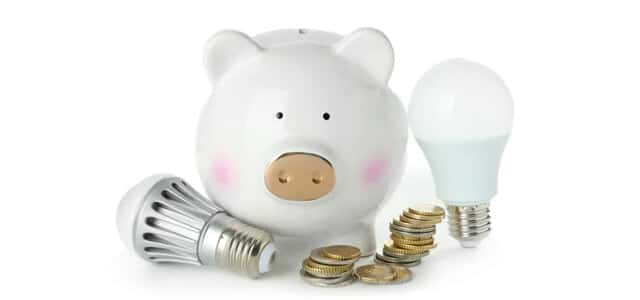May is #NationalEnergyMonth in South Africa. How ironic with all the power failures and load-shedding schedules going on. But, all negativity aside – there are various frugal power savings tricks that you and your household can incorporate this winter to help lower your electricity usage and make your home energy-efficient. Plus, DebtSafe also has some options for you to consider to survive load-shedding these upcoming, chillier months.
“When you cut down on your energy usage this winter, you’ll get into the habit of running an energy-efficient home and save money in the process. Remember: Practice makes perfect, and small behavioural changes can help lower your winter energy bill,”
highlights Carla Oberholzer, debt advisor at DebtSafe.
Oberholzer recommends DebtSafe’s top #EnergySaving tips and tricks this winter:
An energy-saving trick is one thing, BUT how do you deal with your winter ‘party pooper’, load-shedding, when he decides to make his appearance?
- YOU CAN CHARGE YOUR PHONE: Use a power bank or car charger to ensure your phone’s battery lasts during load-shedding.
- “I NEED LIGHTS”: Use rechargeable LED lanterns (that switch on automatically during power failures, are safer to use than candles and can be charged with 9V solar panels). Or, get yourself a head torch (that works with batteries) to help make your way outside/through the house.
- WHAT ABOUT THE FRIDGE/FREEZER? Good question. Find a dry ice provider nearby (the cost has to fit your pocket) and leave a few cubes in your fridge or freezer (especially when you have a long non-power stretch). Or, take out some of your water-filled (frozen) plastic bottles from your deep freeze and put them in your fridge to keep food cold until the power comes back on.
- SOLAR OPTIONS: Solar mobile phone chargers, garden lamps, geysers, and (more expensive) inverter systems are available to consider (to fit your specific needs and pocket).
- USE A GAS STOVE: Gas stoves have become increasingly popular these days – so if it fits your pocket, a gas stove can be a good solution during load-shedding. Alternatively, you can invest in a camping gas stove – a viable solution for a tight money situation.
- GET A GENERATOR: If you can afford this expensive option, a generator is a good idea (but keep the increasing fuel prices in mind). There are various options to fit your needs (to power your entire house or to only keep the fridge and freezer running, for example).
The best way to start saving on your energy costs this winter is to get ‘power savvy’ with how you use electricity. And, by implementing practical solutions to fit your needs (and pocket) when trying to endure load-shedding periods, you can look beyond the brrr’s and blues of power cuts these upcoming months.
